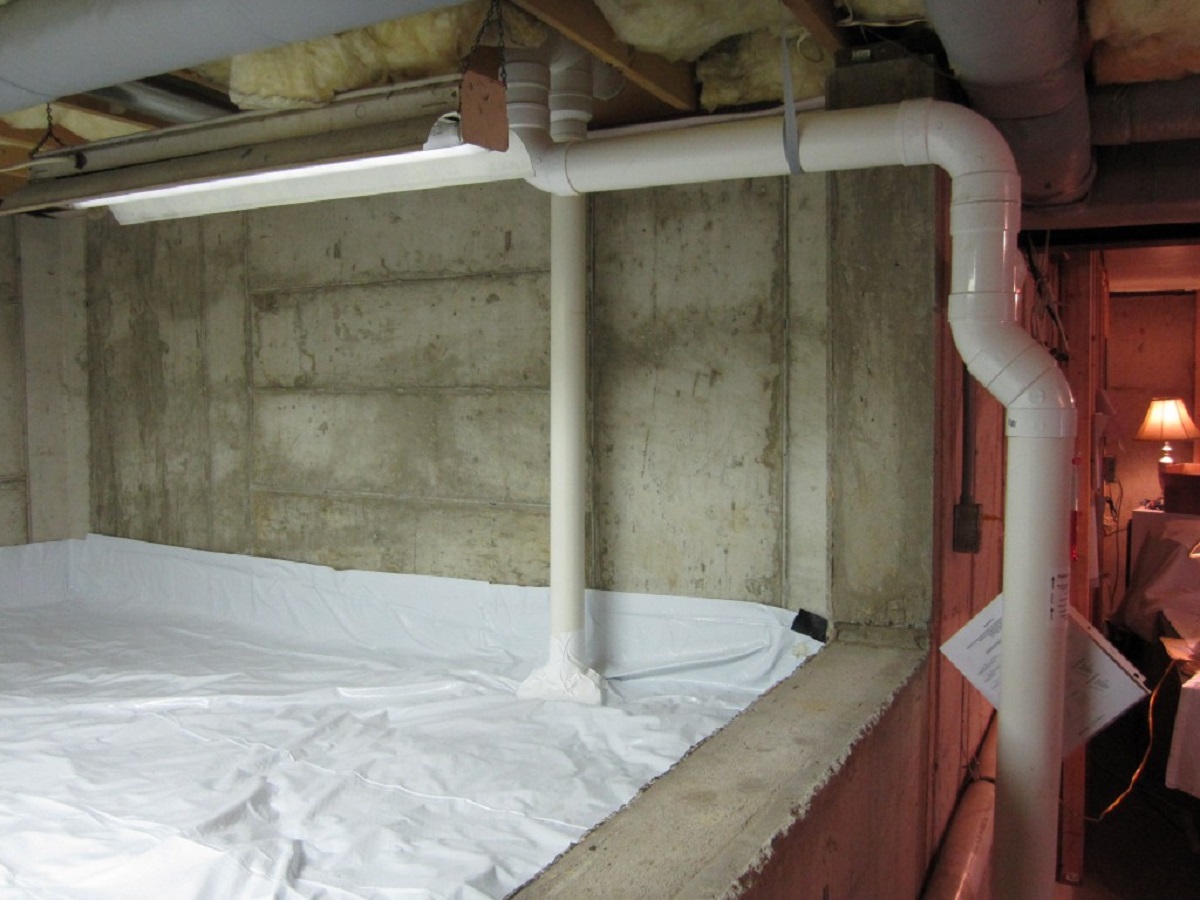

Articles
What Is A Safe Radon Level In A Basement
Modified: October 20, 2024
Learn about safe radon levels in basements with our informative articles. Protect your home and loved ones from this harmful gas.
(Many of the links in this article redirect to a specific reviewed product. Your purchase of these products through affiliate links helps to generate commission for Storables.com, at no extra cost. Learn more)
Introduction
Radon is a colorless, odorless, and tasteless radioactive gas that is naturally present in the environment. It is a product of the decay of uranium found in rocks and soil. Radon can enter homes through cracks in the foundation or gaps in walls and floors, especially in basements and crawl spaces. Exposure to high levels of radon over a long period of time can pose serious health risks.
Understanding the potential dangers of radon is crucial for homeowners, especially those with basements, as these areas are typically more susceptible to radon infiltration. It is important to know what constitutes a safe radon level in a basement and the necessary actions to take if elevated levels are detected.
This article will provide an overview of radon, the health risks associated with its exposure, the testing and mitigation methods specifically relevant to basements, and guidelines for determining a safe radon level in a basement.
Key Takeaways:
- Protect your family by testing for radon in your basement regularly and taking immediate action if levels exceed 4 pCi/L. Mitigation techniques such as sealing cracks and installing ventilation can create a safer living environment.
- Educate yourself about radon exposure and its health risks. Implementing radon-resistant construction practices and consulting professionals for mitigation can significantly reduce the dangers associated with radon in basements.
Read more: What Is Radon In Basement
Understanding Radon
Radon is a radioactive gas that is formed from the decay of uranium in rocks and soil. It can seep into homes through cracks in the foundation or other openings, where it can accumulate and reach potentially hazardous levels.
Radon is found in varying amounts throughout the world, and its presence is not limited to specific geographical areas. It can be found in both old and new homes, as well as in buildings with or without basements. However, basements are particularly susceptible to high radon levels due to their proximity to the ground.
Radon exposure is a serious concern because it is the second leading cause of lung cancer, after smoking. According to the World Health Organization (WHO), radon is responsible for approximately 3-14% of all lung cancer cases worldwide.
It is important to note that while radon is more commonly associated with lung cancer, it can also pose risks to other organs such as the kidneys and blood cells. Prolonged exposure to high levels of radon can increase the risk of developing cancer over time.
It is impossible to detect radon with our senses, as it is odorless, tasteless, and colorless. The only way to determine its presence and level is through testing.
There are various methods available to measure radon levels in homes, including short-term and long-term testing kits. Short-term tests typically last from a few days to weeks and provide a snapshot of radon levels in a specific period. Long-term tests, on the other hand, provide an average radon level over a span of several months to a year.
Radon gas decays into radioactive particles, which can become trapped in the lungs when inhaled. The alpha particles released during the decay process can damage the cells lining the lungs and cause DNA mutations, leading to the development of cancerous cells over time.
It is important to understand the risks associated with radon exposure in order to take appropriate measures to mitigate its presence in our homes, particularly in basements where radon can accumulate to higher levels.
Health Risks of Radon Exposure
Exposure to high levels of radon gas can significantly increase the risk of developing lung cancer. The primary health risk associated with radon exposure is due to the alpha particles released during radon decay. These particles can damage the DNA in cells lining the lungs, leading to mutations and potentially the development of cancerous cells.
According to the U.S. Environmental Protection Agency (EPA), radon is the second leading cause of lung cancer, resulting in an estimated 21,000 deaths annually in the United States alone. People who smoke and are exposed to high levels of radon are at an even higher risk of developing lung cancer.
It is essential to note that there is no immediate effect from radon exposure. Lung cancer caused by radon typically develops over many years of exposure. Therefore, long-term exposure to elevated radon levels is a significant concern.
The health risks associated with radon exposure are not limited to lung cancer. There is some evidence suggesting a potential link between radon exposure and other cancers, such as leukemia and non-melanoma skin cancer. Additionally, some studies suggest a potential correlation between radon and other health issues, including respiratory problems and cardiovascular diseases, although further research is needed to confirm these relationships.
It is crucial to take radon exposure seriously and implement appropriate measures to reduce radon levels in order to protect the health and well-being of occupants in homes, particularly in basements.
Radon Testing in Basements
Testing for radon in basements is an essential step in assessing the safety of a home and its occupants. Basements are particularly vulnerable to radon infiltration due to their close proximity to the ground, where the gas is frequently found.
There are several methods available for testing radon levels in basements. The most common approach is using radon testing kits, which are readily available for purchase online or at local hardware stores. These kits typically include a radon detector and detailed instructions on how to use it.
Short-term radon tests usually involve placing the detector in the basement for a specified period, typically between two to seven days. The detector will then be sent to a laboratory, where the radon concentration in the air sample is analyzed. Short-term tests provide a quick snapshot of radon levels but may not represent the average radon concentration over a more extended period.
For a more accurate assessment of long-term radon levels in basements, a long-term test should be conducted. Long-term tests can be conducted using continuous radon monitors, which measure radon levels over a period of several months to a year. These monitors provide a comprehensive understanding of the radon levels in the basement, accounting for seasonal variations and fluctuations.
It is recommended to conduct radon tests in the lowest living areas of the home. In the case of basements, placing the detector on the lowest level of the basement, away from drafts and high humidity areas, is recommended. The detectors should be placed at least 20 inches above the floor and away from exterior walls for accurate results.
It’s important to follow the instructions provided with the testing kit carefully to ensure accurate results. Once the testing period is complete, the kit can be sealed and sent to the laboratory for analysis. The lab will provide a report detailing the radon levels found in the basement.
Regular radon testing in basements is recommended, especially for homes located in areas known for higher radon levels or those with a history of elevated radon concentrations. Testing every two to five years is generally recommended, but it may be necessary to test more frequently if previous results have shown high radon levels or if there have been any renovations or structural changes to the basement.
If testing reveals elevated radon levels in the basement, additional steps should be taken to effectively mitigate and reduce radon concentrations.
The safe radon level in a basement is considered to be 4 picocuries per liter (pCi/L) or lower. It’s important to regularly test for radon to ensure a safe living environment.
Radon Mitigation in Basements
If radon testing in a basement reveals elevated radon levels, it is crucial to take prompt action to mitigate the problem. Radon mitigation involves implementing measures to reduce radon concentrations to safe levels and minimize the risk of exposure.
There are various radon mitigation techniques that can be employed specifically for basements:
- Sealing and caulking: Start by sealing any cracks, gaps, or openings in the foundation walls and floors using specialized caulking or sealant. This helps prevent radon gas from entering the basement in the first place.
- Sub-slab depressurization: This is a commonly used method for radon mitigation in basements. It involves creating a suction point beneath the basement floor, typically through a pipe inserted through a small hole. A fan is then installed to draw the radon gas from beneath the basement floor and vent it outside the home.
- Sump pump cover: If your basement has a sump pump, it is important to ensure that airtight covers are installed. This prevents radon gas from escaping through the sump pump system and instead directs it into the mitigation system.
- Ventilation: Enhancing the overall ventilation in the basement can help reduce radon levels. This can be achieved by installing exhaust fans or using natural ventilation methods such as opening windows and using fans to promote airflow.
- Crawl space encapsulation: For homes with crawl spaces, encapsulating the crawl space with a vapor barrier can help prevent the entry of radon gas. This involves sealing the entire crawl space area, including the walls, floors, and vents.
It’s important to consult with a professional radon mitigation contractor for customized solutions tailored to your specific basement and home setup. They can assess the radon levels, recommend the most appropriate mitigation techniques, and ensure the proper installation and functioning of the mitigation system.
Once the mitigation system is in place, it is crucial to regularly monitor the radon levels in the basement to ensure that the mitigation measures are effectively reducing radon concentrations to safe levels. Ongoing radon testing is necessary to ensure long-term effectiveness and the continued safety of the occupants.
It’s worth noting that radon mitigation measures not only protect against the health risks associated with radon exposure but also have the potential to improve indoor air quality overall.
Incorporating radon mitigation strategies in the basement is essential to create a safe and healthy living environment for you and your family.
Read more: How To Remove Radon From Basement
Determining a Safe Radon Level in Basements
When it comes to determining a safe radon level in basements, it is important to refer to the guidelines provided by reputable organizations such as the Environmental Protection Agency (EPA) and the World Health Organization (WHO).
The general consensus among these organizations is that there is no completely safe level of radon exposure. However, they do provide action levels or reference limits that should be used to assess the need for radon mitigation measures.
In the United States, the EPA recommends taking action to reduce radon levels if the average annual radon concentration in the basement exceeds 4 picocuries per liter (pCi/L). This action level is based on extensive research and epidemiological studies that show a significant increase in lung cancer risk at or above this threshold.
It’s important to note that this action level is not a “safe” level of radon. Lowering radon concentrations as much as possible is always the desired goal.
The WHO sets a slightly lower reference level of 2.7 pCi/L. They suggest that even at levels below 4 pCi/L, there is still a moderate risk of developing lung cancer with prolonged exposure. Therefore, they recommend considering remedial measures below this action level as well. Other countries may have their own guidelines, so it is advisable to consult the local authorities or health agencies for specific recommendations.
When determining the safety of radon levels in basements, it is important to consider the duration of exposure. Radon concentrations can vary throughout the day and across different seasons. It is recommended to conduct long-term radon tests to get a more accurate representation of the average radon levels over time.
If radon testing in the basement reveals levels above the recommended action levels, it is important to take immediate steps to reduce the radon concentrations to mitigate the health risks.
Keep in mind that while there are guidelines and reference levels to assess the need for action, it is always beneficial to lower radon levels as much as possible. Even if the radon levels in the basement are below the action levels, it is still advisable to consider implementing mitigation measures to create a healthier indoor environment.
Regular radon testing, as well as periodic retesting, is essential to ensure that radon levels remain within safe limits in the basement.
Recommended Actions for High Radon Levels
If radon testing in your basement reveals high radon levels above the recommended action levels, it is important to take immediate action to reduce the radon concentrations and minimize the health risks associated with radon exposure. Here are some recommended actions:
- Consult a radon mitigation professional: It is advisable to seek the expertise of a qualified radon mitigation professional. They will assess your basement and recommend the most effective mitigation techniques tailored to your specific situation.
- Implement an active radon mitigation system: The most common and effective method for reducing radon levels in basements is through a sub-slab depressurization system. This involves creating a suction point beneath the basement floor and venting the radon gas outside the home using a fan.
- Seal cracks and openings: Identify any cracks or openings in the basement walls, floors, and foundation and seal them using specialized caulking or sealant. This will help prevent radon gas from entering the basement.
- Install a vapor barrier: Consider installing a vapor barrier in the basement to further prevent radon entry. A vapor barrier is a plastic sheet that acts as a barrier between the soil and the basement, reducing the potential for radon infiltration.
- Ensure proper ventilation: Enhance the overall ventilation in the basement by installing exhaust fans or using natural ventilation methods such as opening windows and using fans. Adequate ventilation can help dilute and reduce radon levels.
- Regularly monitor radon levels: After implementing radon mitigation measures, it is crucial to regularly monitor radon levels in the basement. Conduct radon tests at regular intervals to ensure that the mitigation system is effectively reducing radon concentrations to safe levels.
- Radon-resistant new construction practices: If you are building a new home or planning a basement renovation, consider incorporating radon-resistant construction practices. This may include installing a vent pipe system during construction to facilitate future radon mitigation if needed.
- Educate and inform: Inform your family members and housemates about the presence of high radon levels in the basement and the actions being taken to mitigate it. Emphasize the importance of radon testing and awareness to ensure their safety and well-being.
- Follow local regulations: Be aware of any local regulations or requirements related to radon mitigation in your area. Local authorities or health agencies may have specific guidelines or protocols to follow.
Remember, taking action to reduce radon levels in the basement is crucial for creating a safe and healthy living environment for you and your family. Consultation with experts and adherence to mitigation strategies will help ensure the effectiveness of these actions in reducing radon concentrations to safe levels.
Conclusion
Radon is a radioactive gas that poses serious health risks when present in high concentrations. Understanding radon and its potential dangers is crucial, especially for homeowners with basements, as basements are more susceptible to radon infiltration.
In this article, we explored the fundamentals of radon, including its formation, sources, and the health risks associated with its exposure. We also discussed the importance of testing radon levels in basements to ensure the safety of occupants.
If testing reveals elevated radon levels in the basement, it is essential to take action to mitigate the problem. Radon mitigation in basements can involve various techniques such as sealing cracks, implementing sub-slab depressurization systems, improving ventilation, and utilizing vapor barriers.
Determining a safe radon level in the basement is done based on guidelines provided by organizations like the EPA and WHO. While there is no completely safe level of radon exposure, the recommended action level is typically 4 pCi/L or lower. However, it is advisable to strive for lower levels to minimize risk.
If high radon levels are detected, it is recommended to consult with a radon mitigation professional to implement the most appropriate mitigation measures. Regular monitoring of radon levels in the basement is crucial to ensure that the mitigation strategies are effective and maintaining a safe living environment.
By following the recommended actions for high radon levels, homeowners can significantly reduce the risks associated with radon exposure and create a healthier living space for themselves and their families.
In conclusion, radon is a serious concern, but with proper awareness, testing, and mitigation, we can minimize the health risks and ensure the safety of our homes. Taking proactive measures to mitigate radon in basements goes a long way in safeguarding the well-being of occupants and promoting a healthier living environment.
Frequently Asked Questions about What Is A Safe Radon Level In A Basement
Was this page helpful?
At Storables.com, we guarantee accurate and reliable information. Our content, validated by Expert Board Contributors, is crafted following stringent Editorial Policies. We're committed to providing you with well-researched, expert-backed insights for all your informational needs.
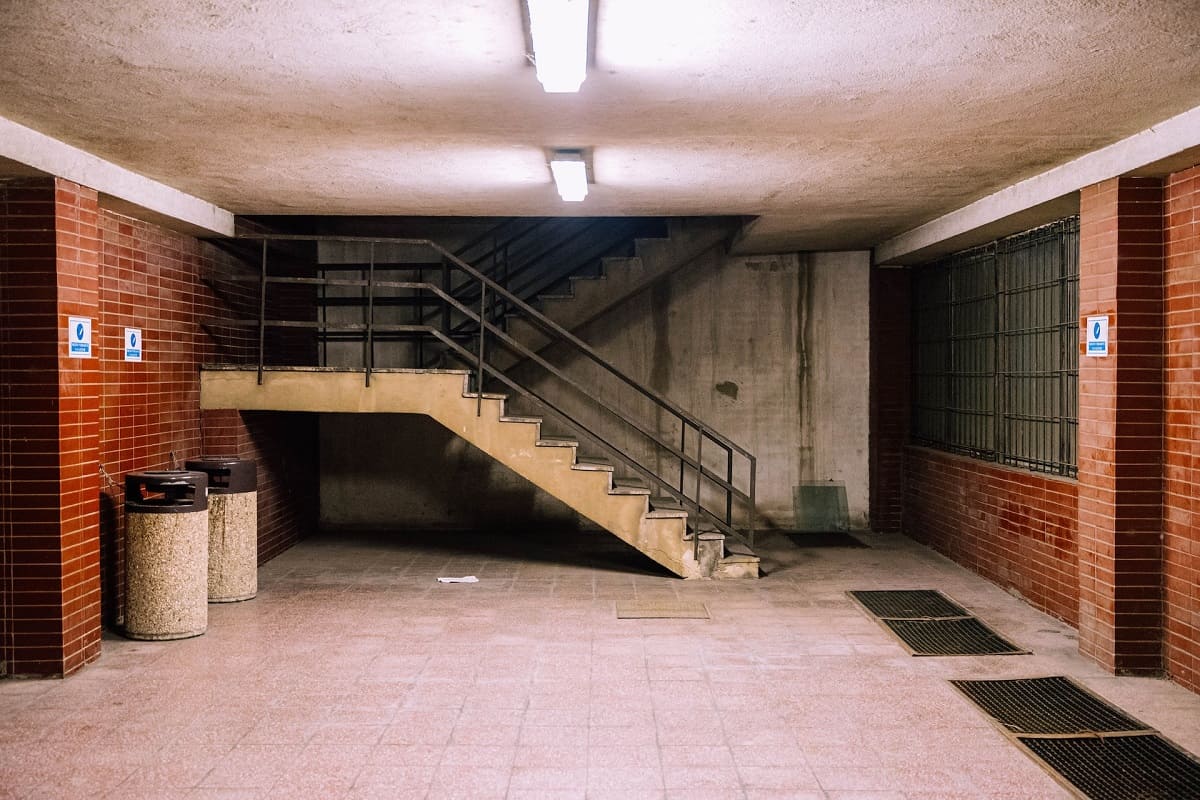
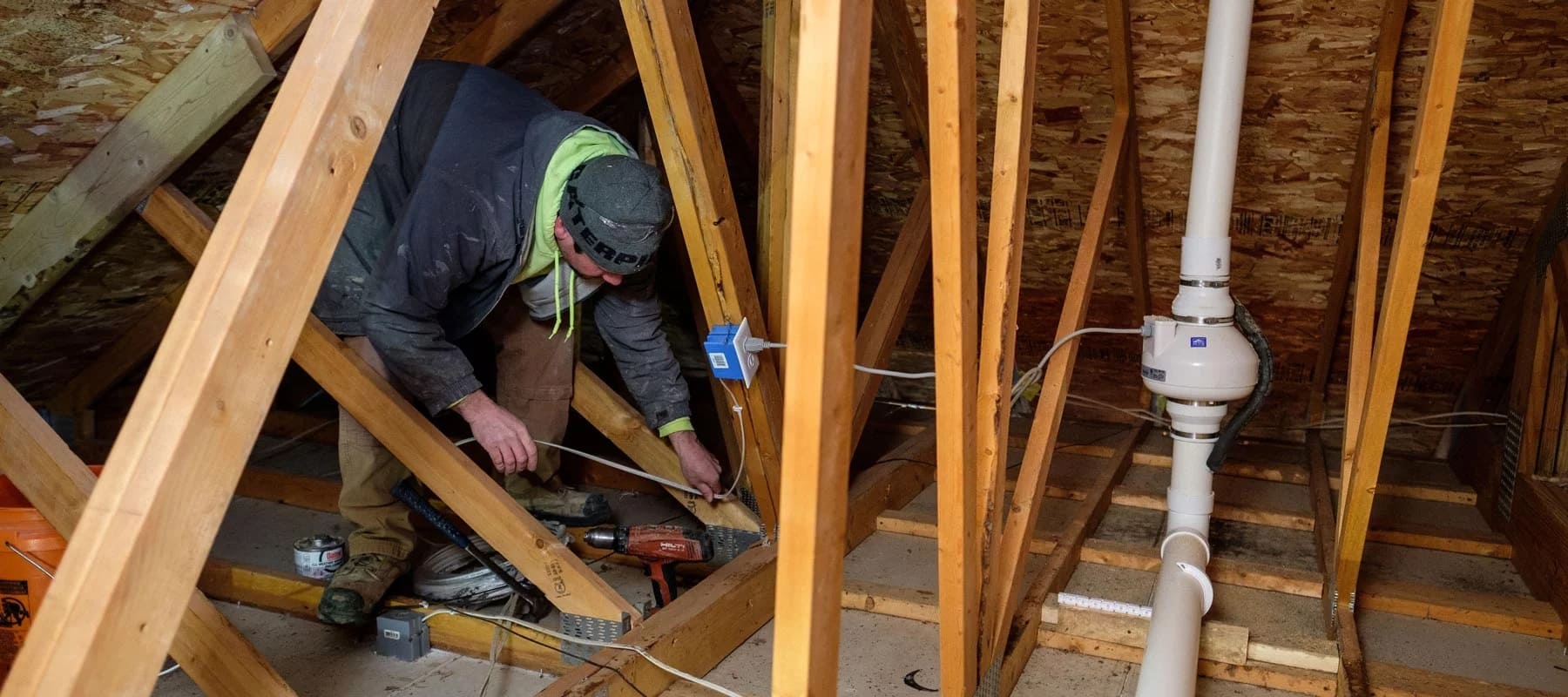
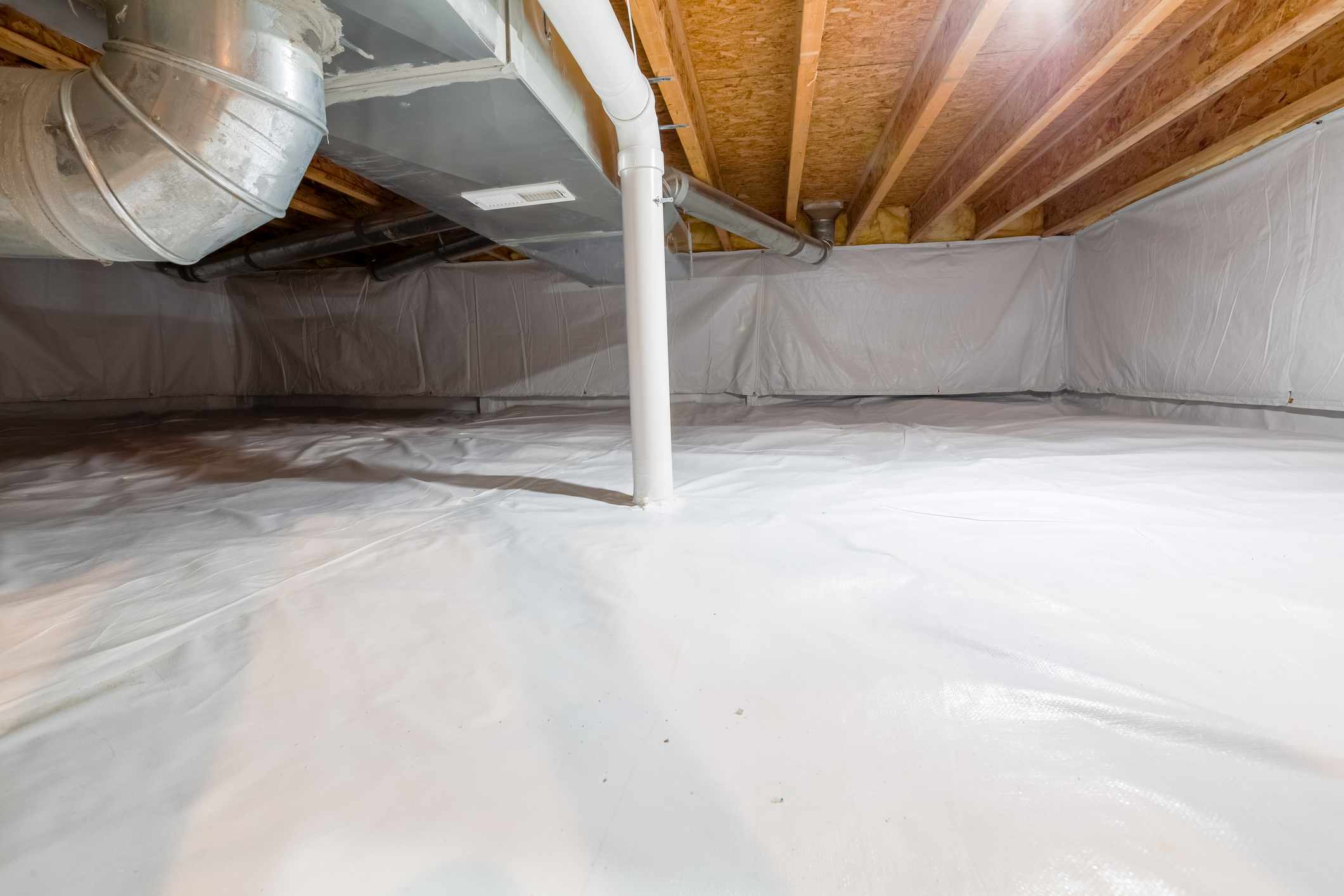
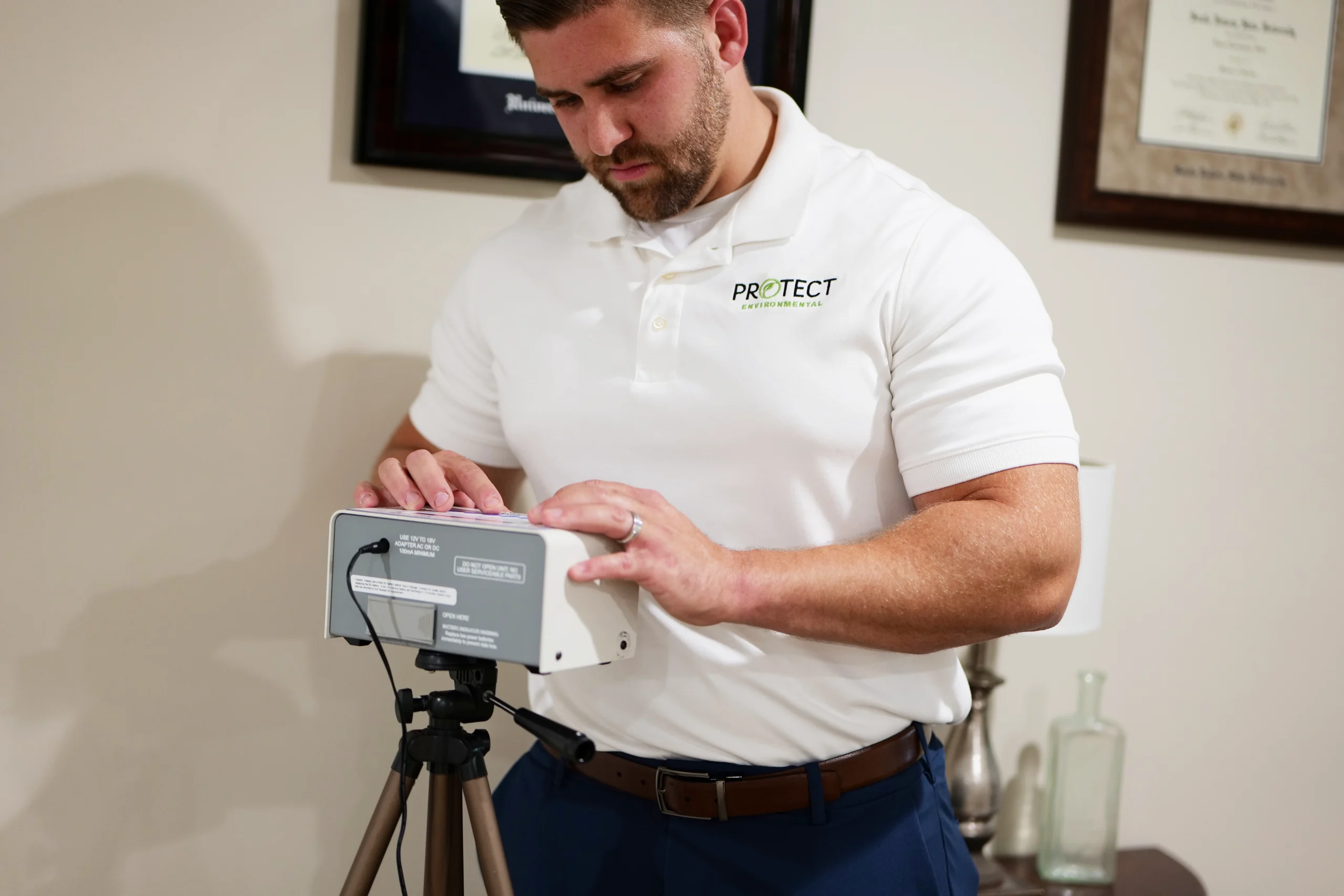
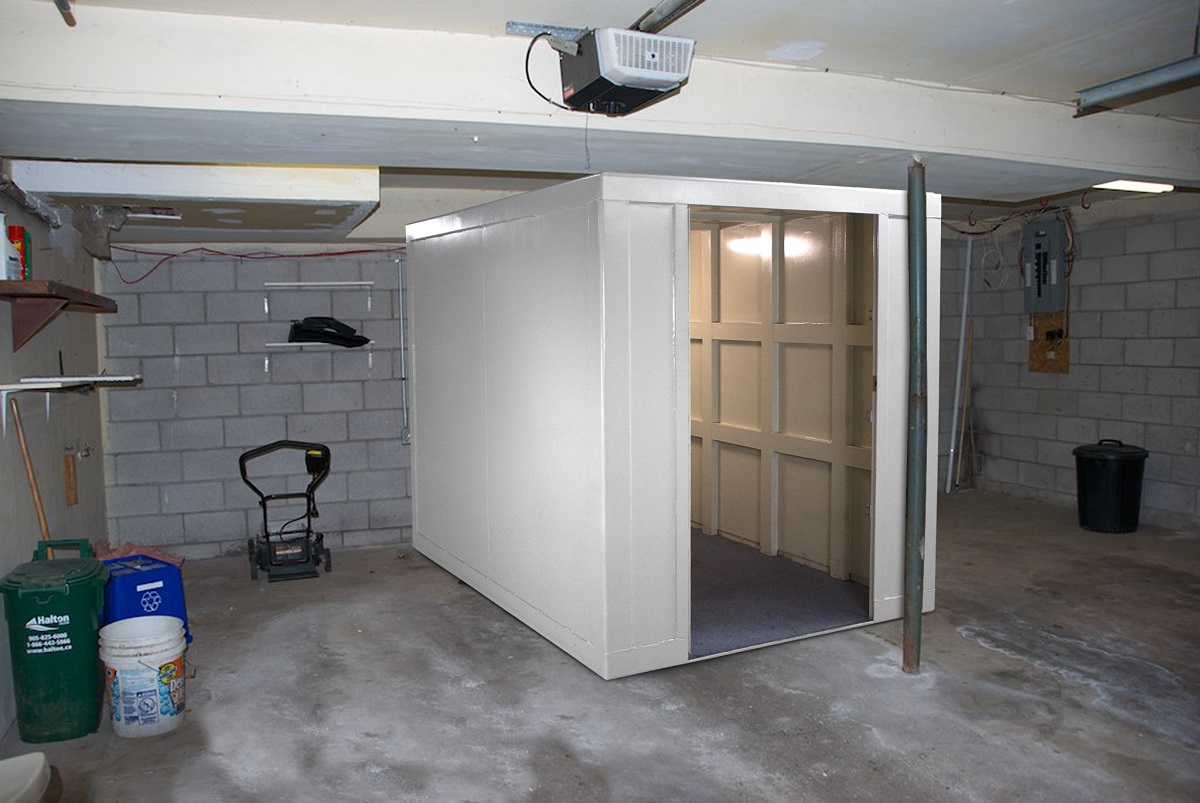
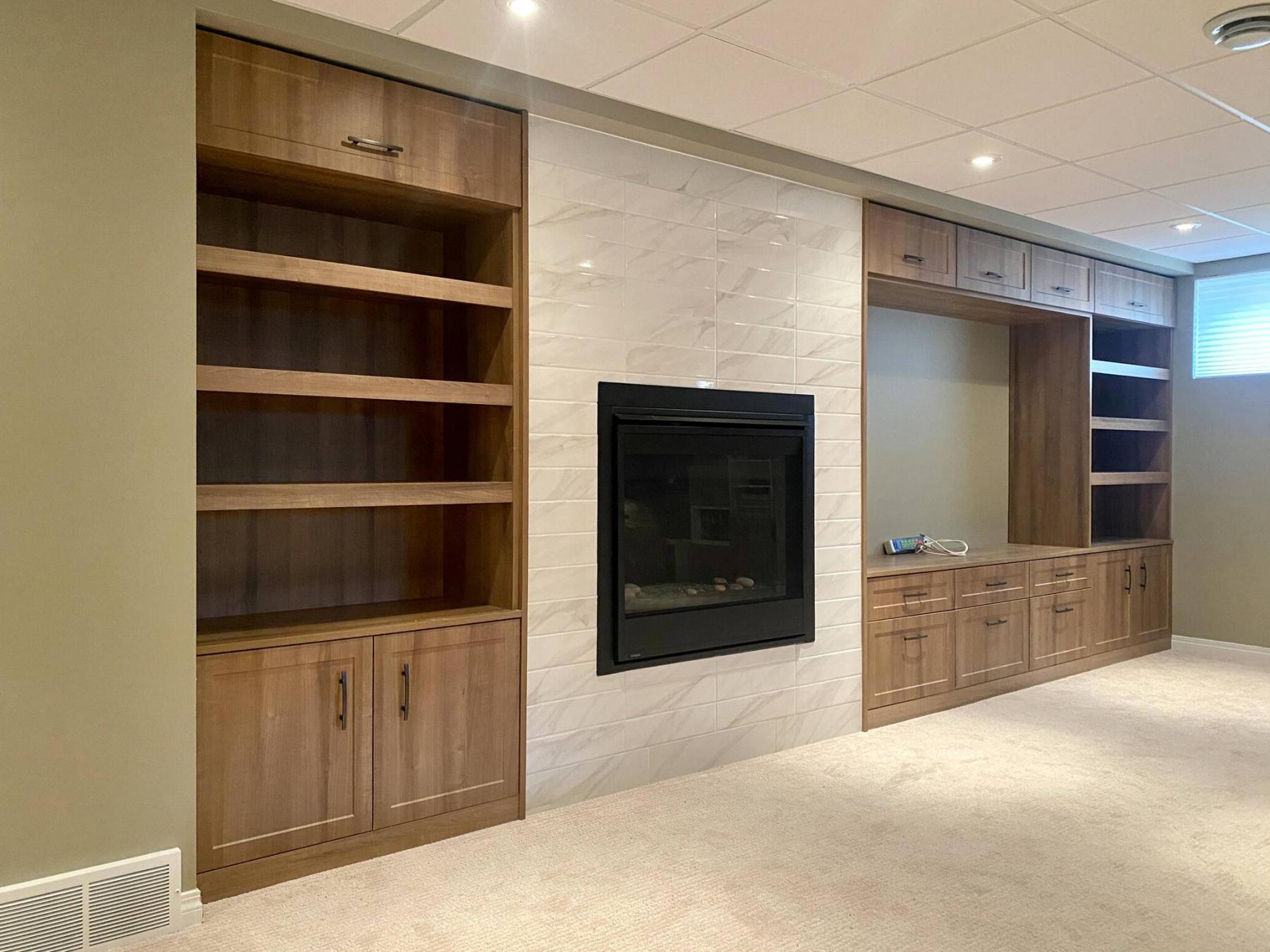

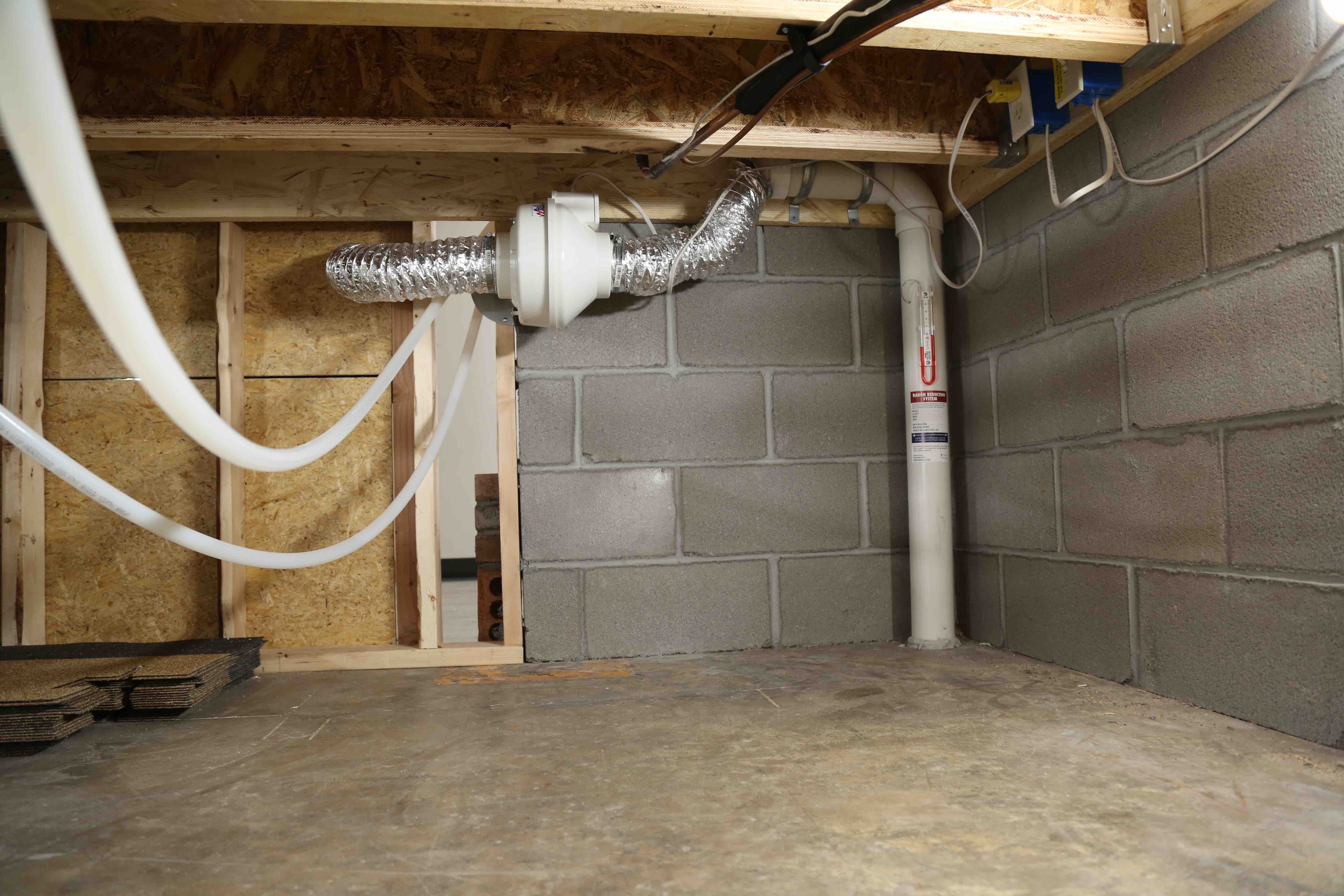
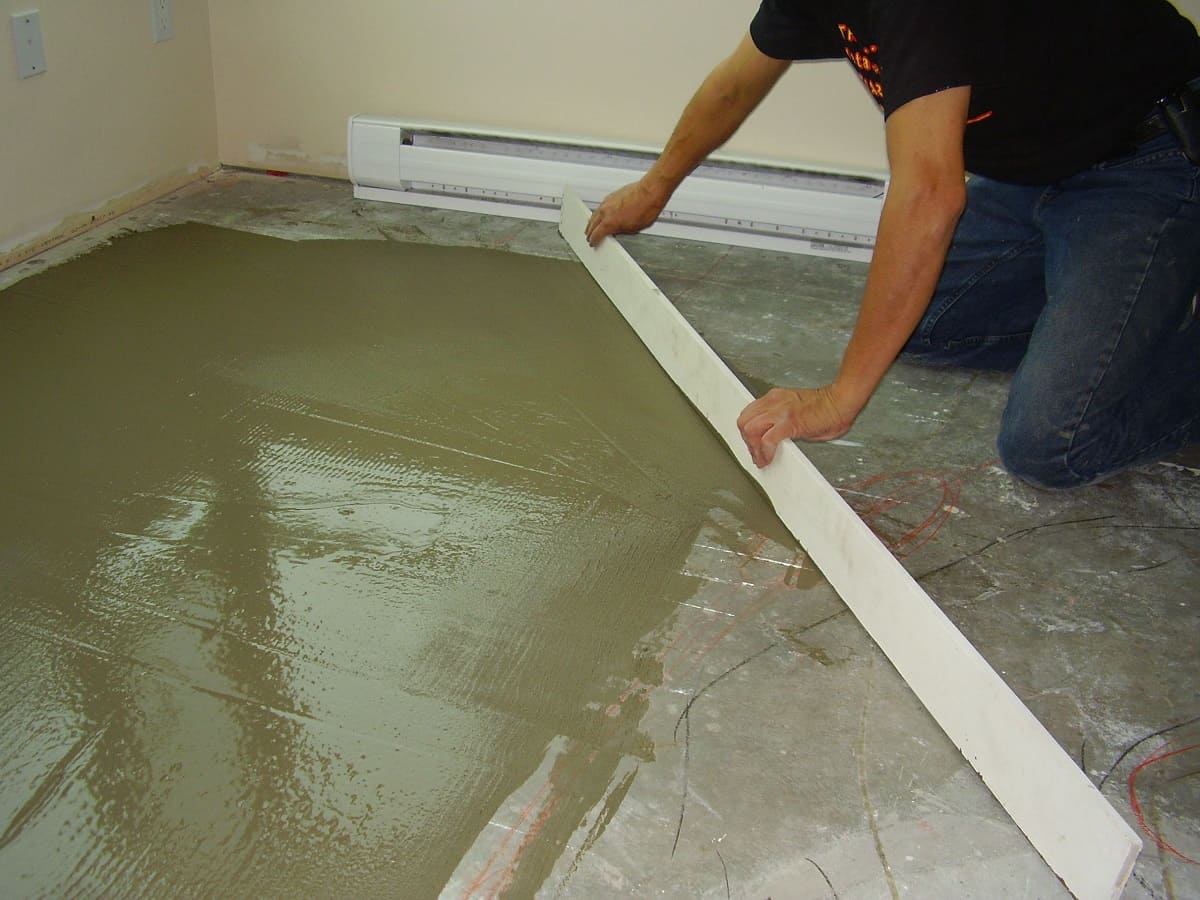



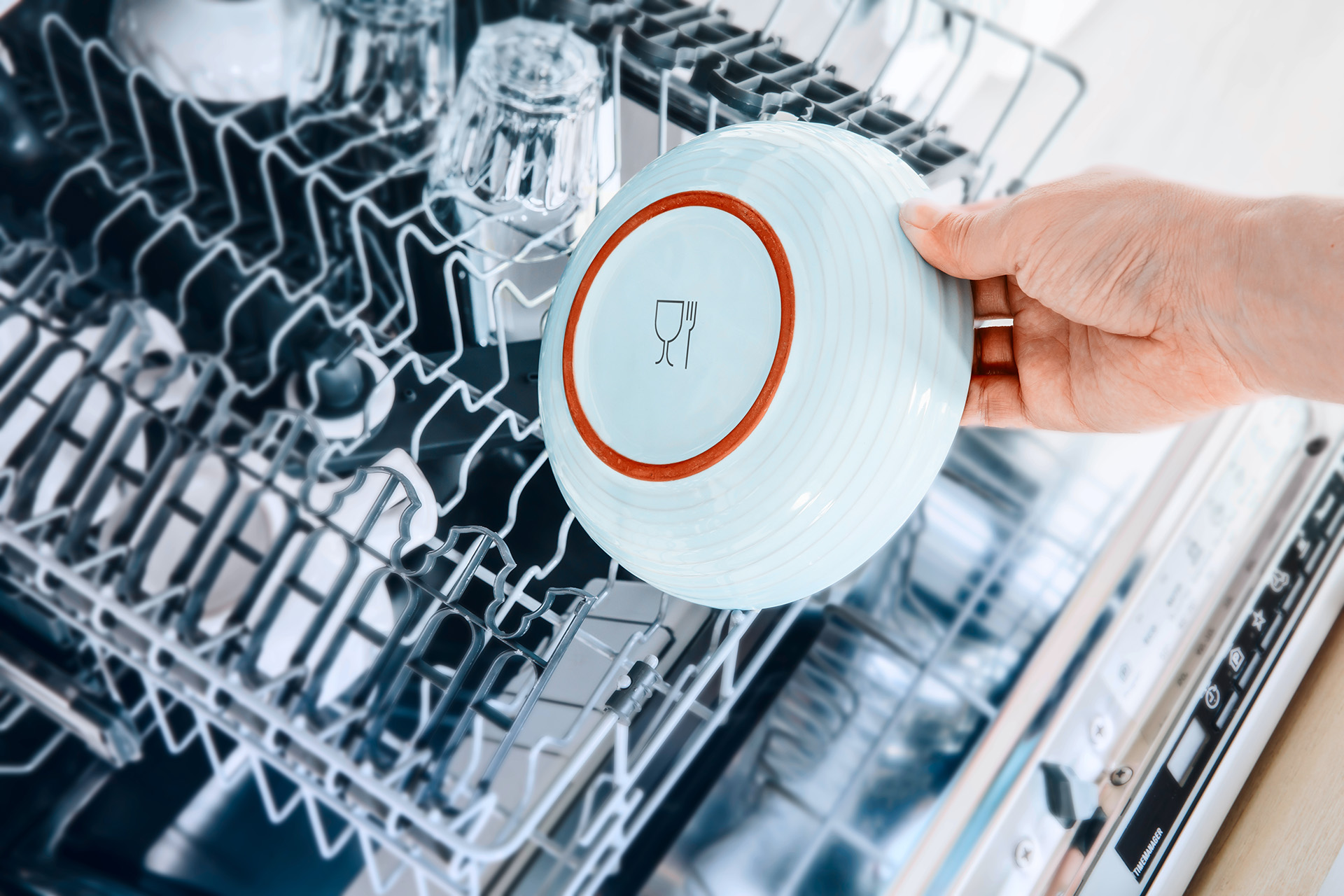


0 thoughts on “What Is A Safe Radon Level In A Basement”